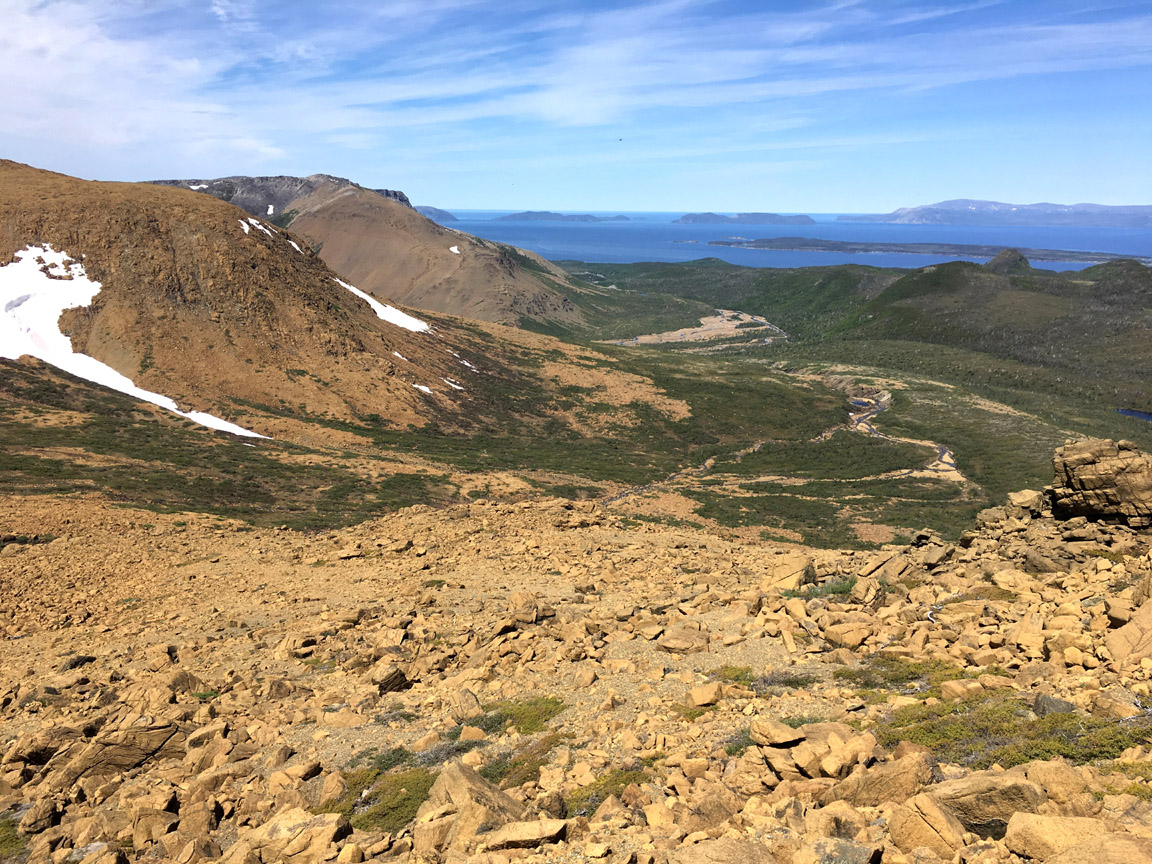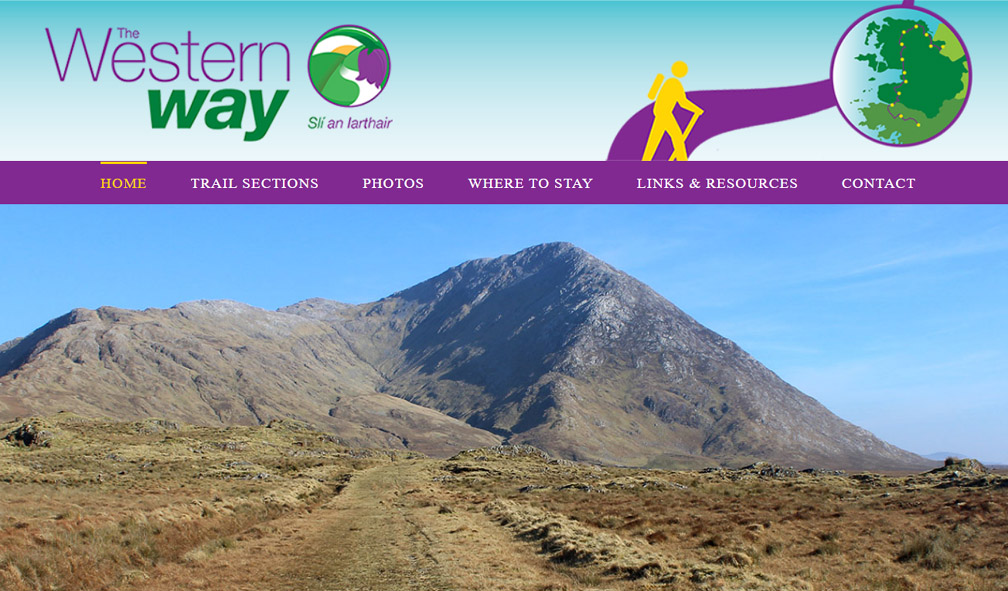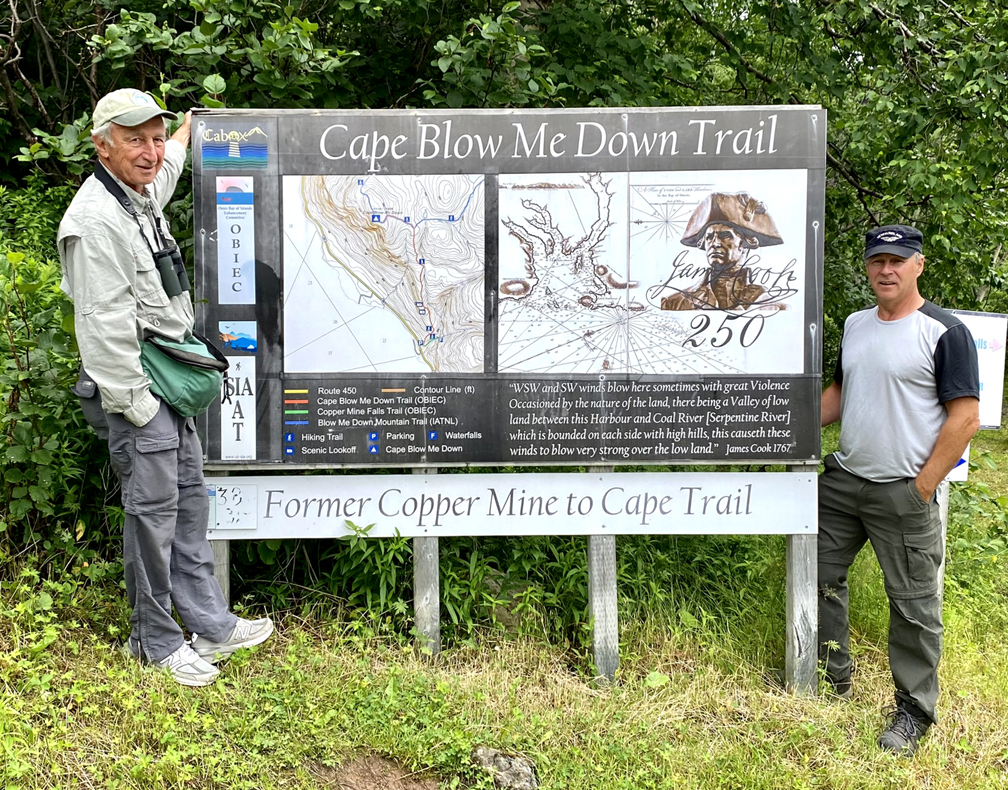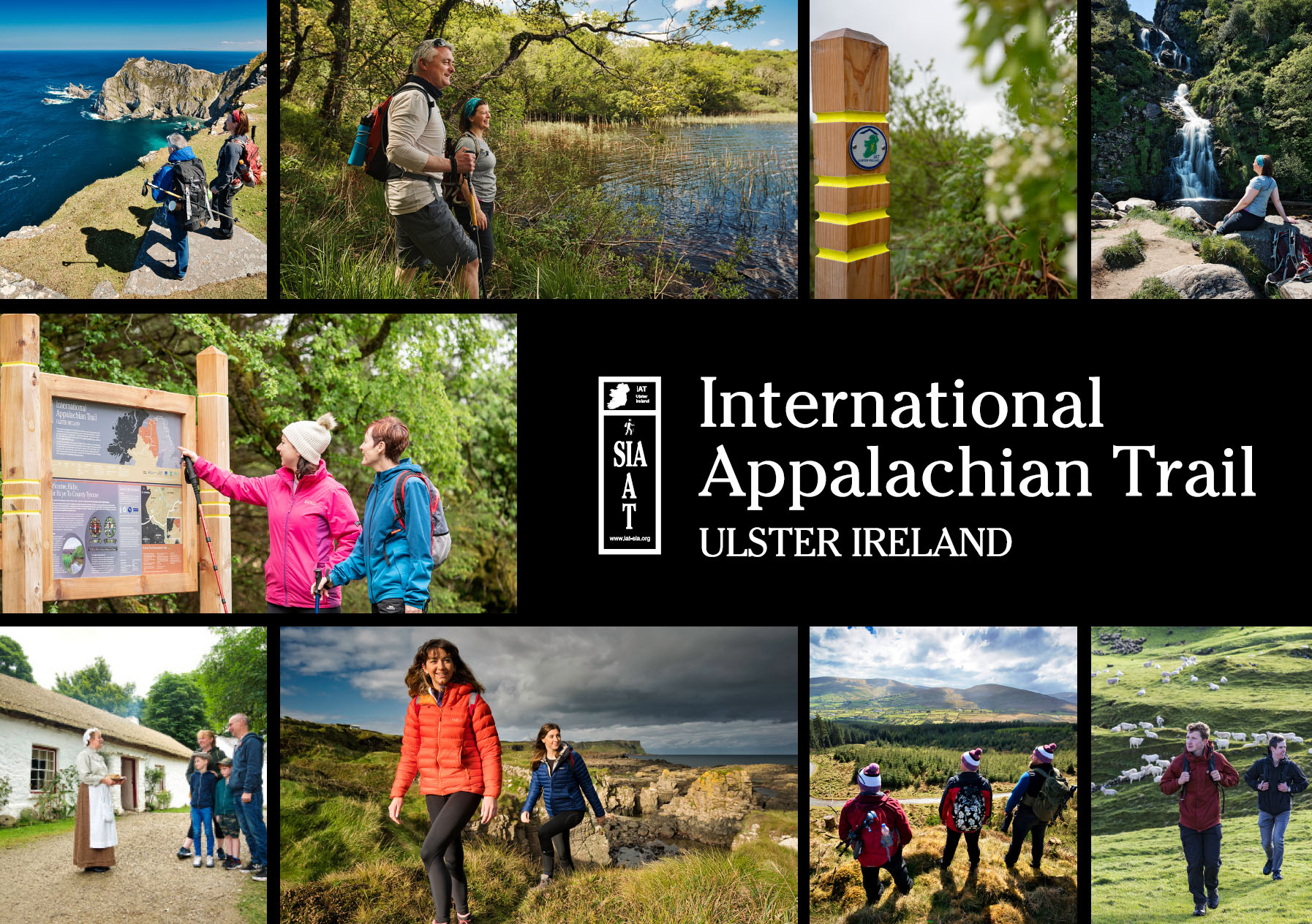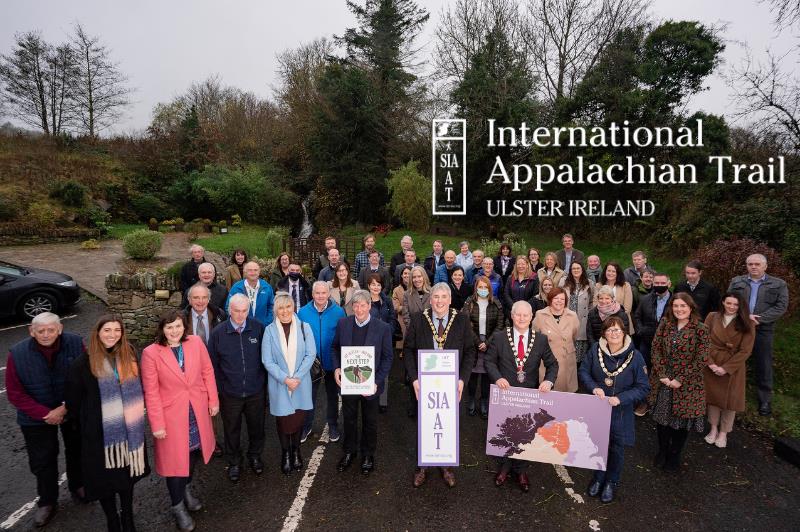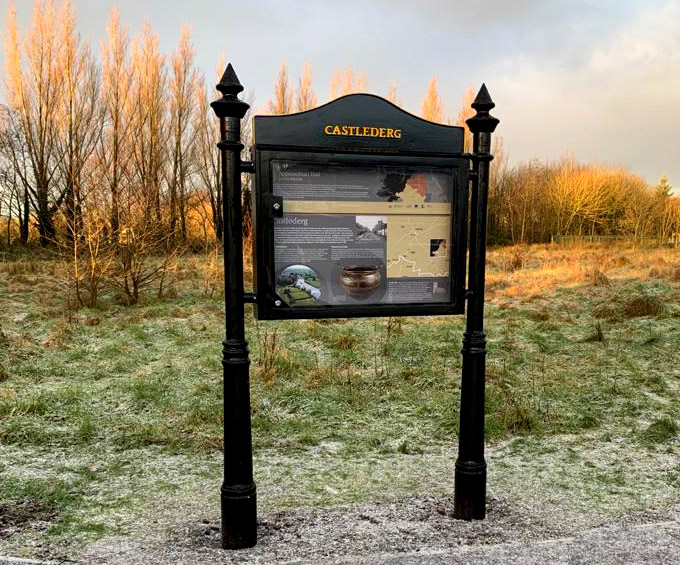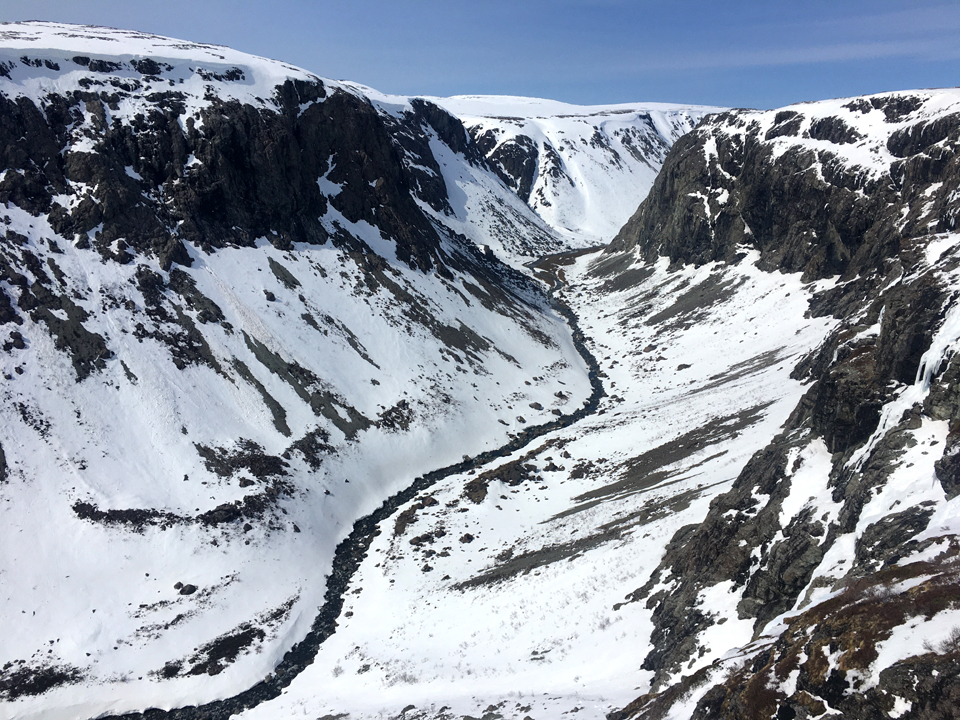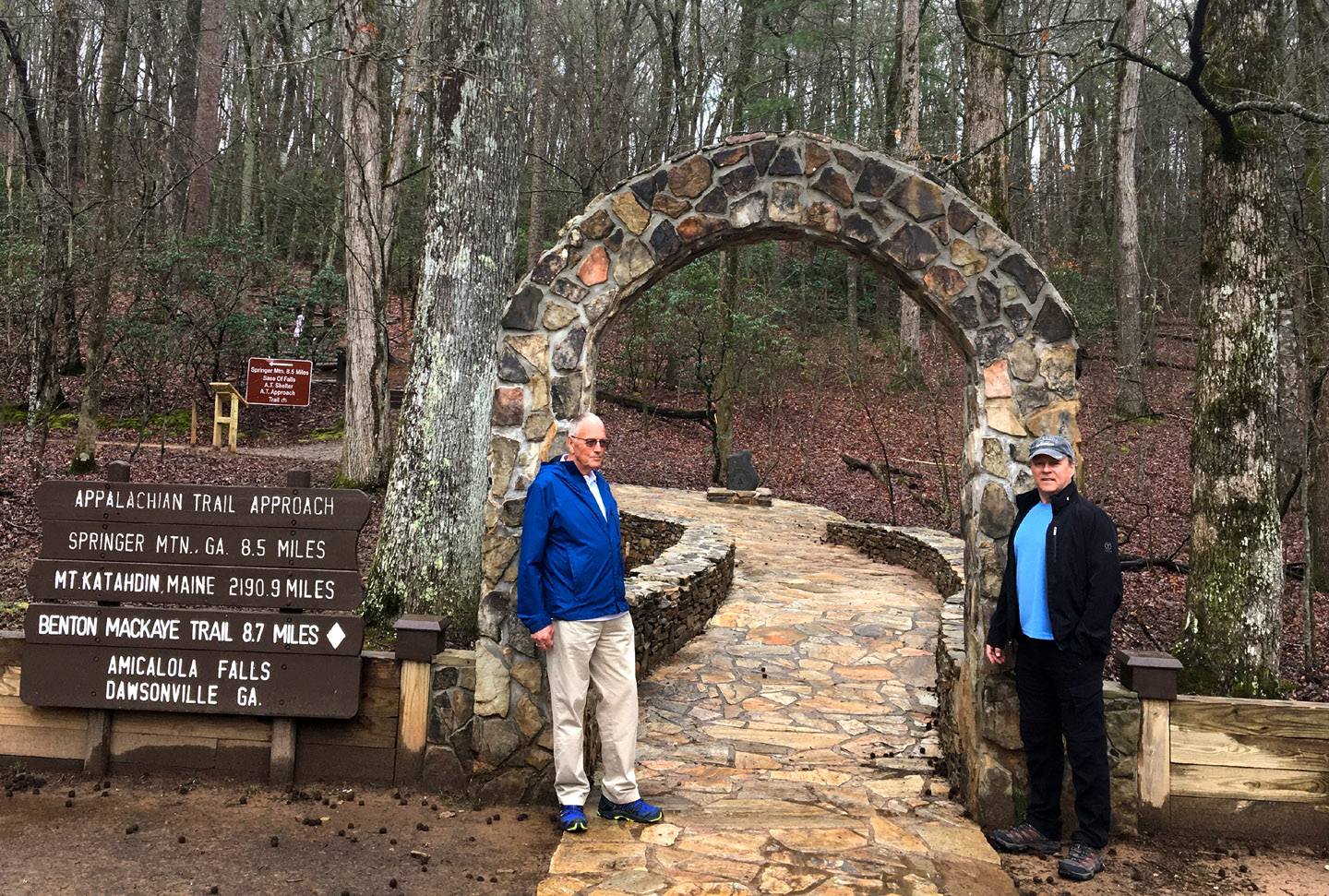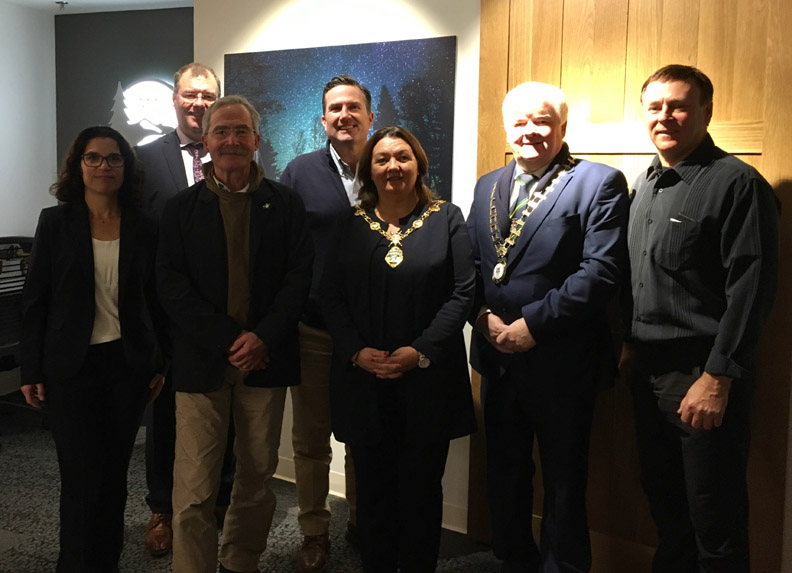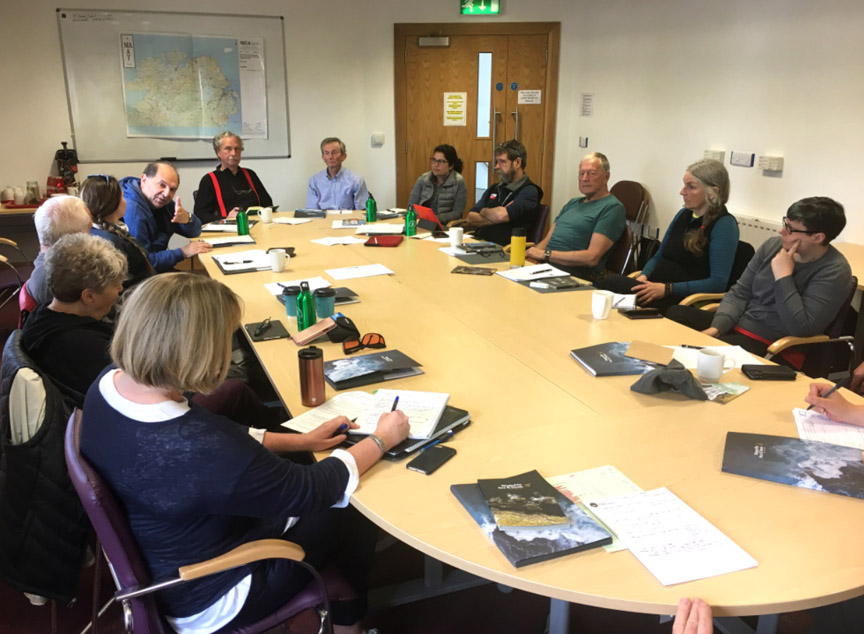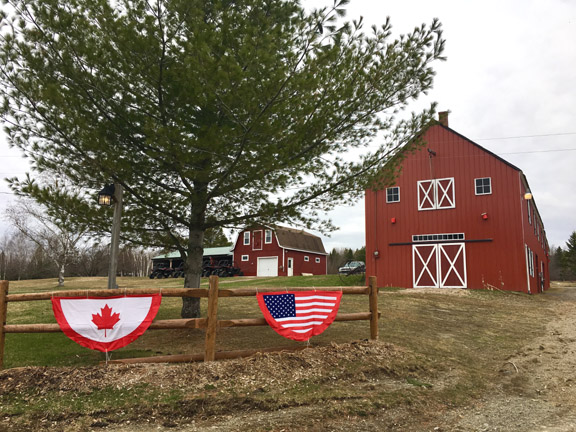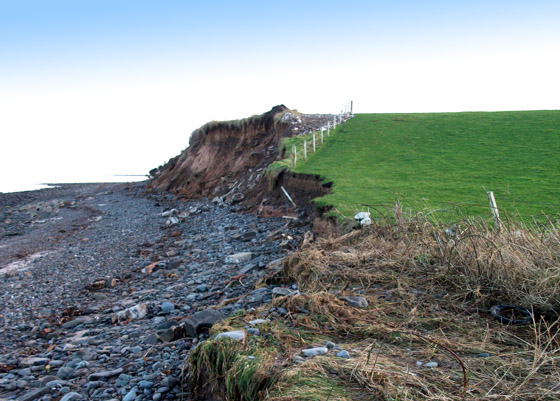In Spring 2024, work will begin on the East Blow Me Down Trail, a 4km backcounty hiking route that will connect the Forestry Access Road above Benoit’s Cove on the south shore of Humber Arm to the eastern end of the Blow Me Down Ophiolite Massif.
Continue readingNew FarOut Guide for Newfoundland now available!
IATNL Launches New Website
This year the International Appalachian Trail Newfoundland and Labrador (IATNL) is no longer a teenager! And to mark the 20 year milestone, we are launching a new and improved website with nearly 10,000 photos, numerous trail route descriptions, maps and gps tracks, and over 200 news stories dating back to 2009.
Continue readingIAT Ireland Welcomes Western Way
After 2022’s successful launch of its new and improved IAT Ireland, IAT Europe’s most westerly chapter has welcomed the Western Way, a long-distance walking trail taking in spectacular scenery in the counties of Galway and Mayo in the west of Ireland.
Continue readingIATNL Hosts American Hiking Society Founding President Jim Kern
From July 22 to 27, IATNL executive members Paul Wylezol and Arne Helgeland played host to American Hiking Society Founding President Jim Kern. Paul, Arne and Jim, who soon turns 88, are friends of Appalachian Trail Museum President Larry Luxenberg, who in 2019 joined Paul and Arne on an IAT 10th anniversary tour of Scotland, followed by an Appalachian Outdoor Economy Forum in Northern Ireland.
Continue readingExplore the great outdoors: IAT Ulster-Ireland
Ireland’s chapter in the International Appalachian Trail runs from the spectacular West Donegal to the stunning North Coast in County Antrim. Get ready to take the next step on one of the world’s largest walking trail networks, the Ulster–Ireland leg of the International Appalachian Trail.
Continue readingPRESS RELEASE – New Phase of IAT Launches in Ulster Ireland
A new phase of a walking trail which links Northern Ireland and the Republic of Ireland with the Appalachian Mountains has been launched in a bid to attract more international visitors.
Continue readingIAT Ulster Ireland Development on Track
Press Release, 1 March 2021. Progress to enhance Ulster Ireland International Appalachian Trail Walking Experience on track. Work to enhance the Derry and Strabane section of the International Appalachian Trial (IAT) is on track to be completed by the end of May 2021.
Continue readingA Winter Tour of the IATNL Blow Me Down Mountain Trail
On April 15, IATNL Director Paul Wylezol and a few friends took advantage of a beautiful late winter/early spring day to take a snowmobile ride on Western Newfoundland’s Blow Me Down Mountains, following the route of the IATNL Blow Me Down Mountain Trail.
Continue readingIATNL Directors Visit AT Southern Terminus
On March 15, IATNL Directors Arne Helgeland and Paul Wylezol visited the Appalachian Trail Basecamp in Amicalola Falls State Park near the southern terminus of the AT at Springer Mountain, Georgia. They took advantage of an opportunity to detour while traveling between New Orleans, LA and Tampa Bay, Florida.
Continue readingUlster Ireland Meeting at AMC in Boston
On November 13, IAT Co-Chairs Don Hudson of Maine and Paul Wylezol from Newfoundland joined Ulster Ireland mayors Michaela Boyle (Derry City and Strabane) and Nicholas Crossan (Donegal County) at a meeting with Appalachian Mountain Club President John Judge and Conservation and Recreation Director Heather Clish at their new headquarters in Boston, Massachusetts.
Continue readingUlster Ireland Hosts Outdoor Economy Forum
From June 2 to 7, representatives of the International Appalachian Trail (IAT), Appalachian Trail Conservancy (ATC), Appalachian Mountain Club (AMC) and Appalachian Trail Museum gathered in Ulster Ireland for an Outdoor Economy Forum to discuss common issues and assist IAT Ulster Ireland develop a world-class trail network.
Continue reading10th Anniversary Visit to Scotland
From May 28 to June 2, representatives from IAT Newfoundland and Maine visited Scotland on a 10th anniversary IAT Europe tour which ended in Northern Ireland on June 7 after an Outdoor Economy Forum that also included representatives from the Appalachian Trail Conservancy and Museum, and Appalachian Mountain Club based in Boston, Mass.
Continue readingIAT 25th Anniversary Meeting at Shin Pond
On May 2-3, the International Appalachian Trail held a 25th Anniversary Meeting at Shin Pond Village in Northern Maine. The meeting was attended by IAT North America representatives from Maine, New Brunswick, Quebec and Newfoundland, as well as long-distance hikers Nimblewill Nomad (M.J. “Eb” Eberhart), Mother Nature’s Son (John Calhoun) and Ed Talone.
Continue readingHow Spain Discovered the “Apalchens”
Scotland’s Mull of Galloway Trail Hit By Storm
The creators of the Mull of Galloway Trail in southwest Scotland are shocked by the damage caused by a recent January storm. Members of the Stranraer Rotary Club walked the trail – which joined the IAT in May 2013 – to view the impact of the wind and high tides.
Continue reading
